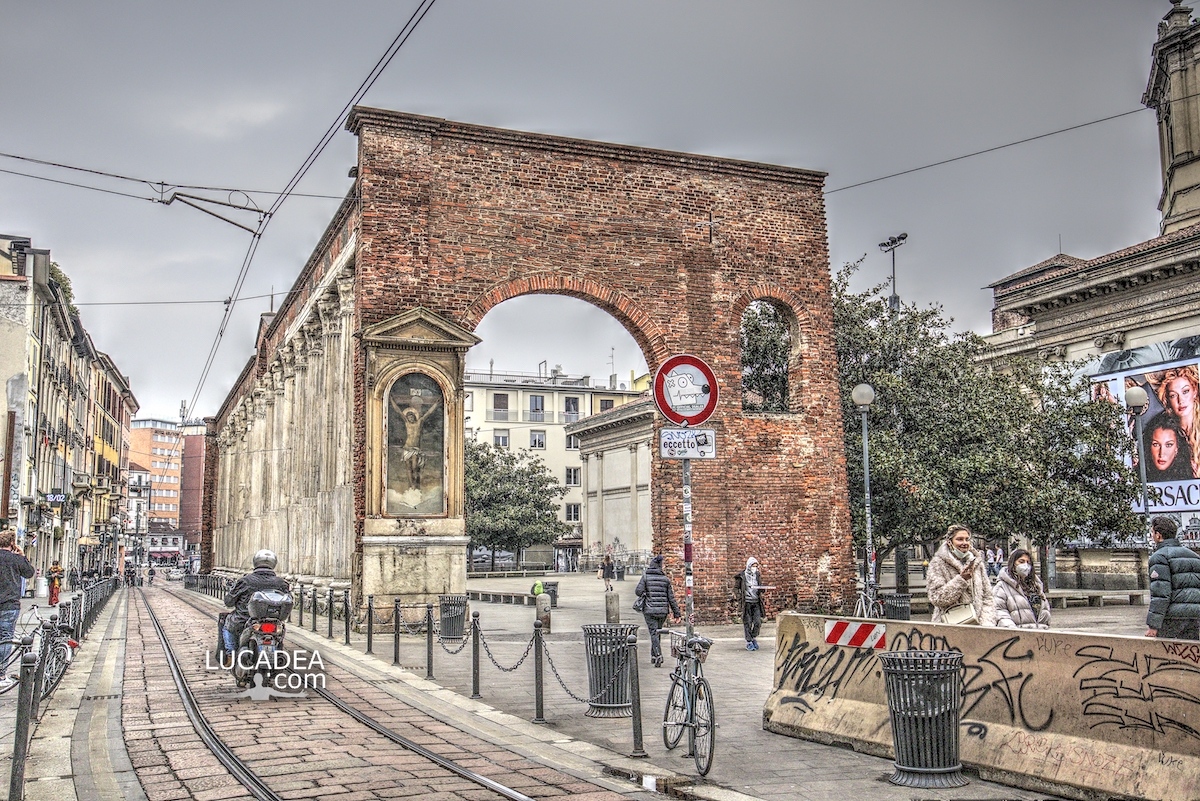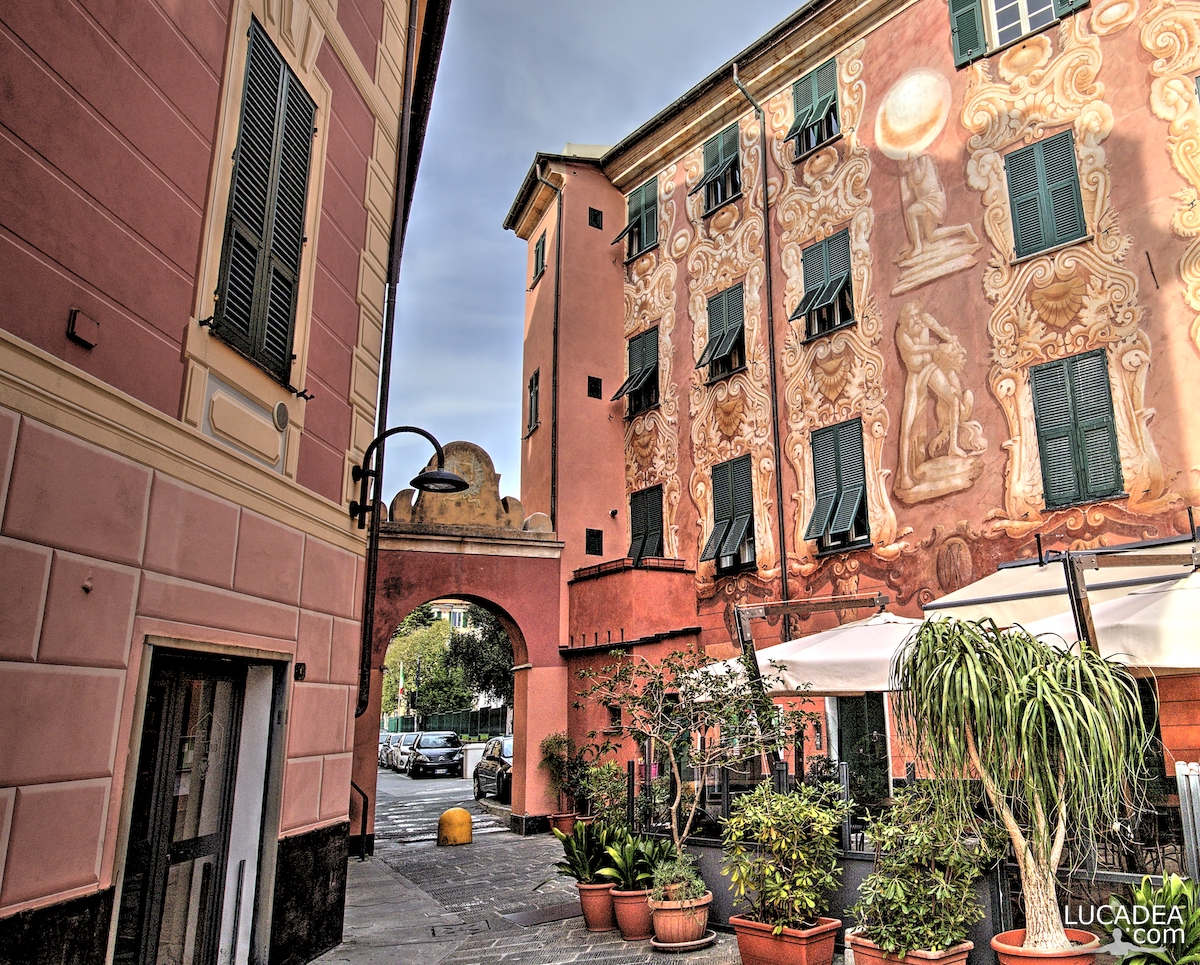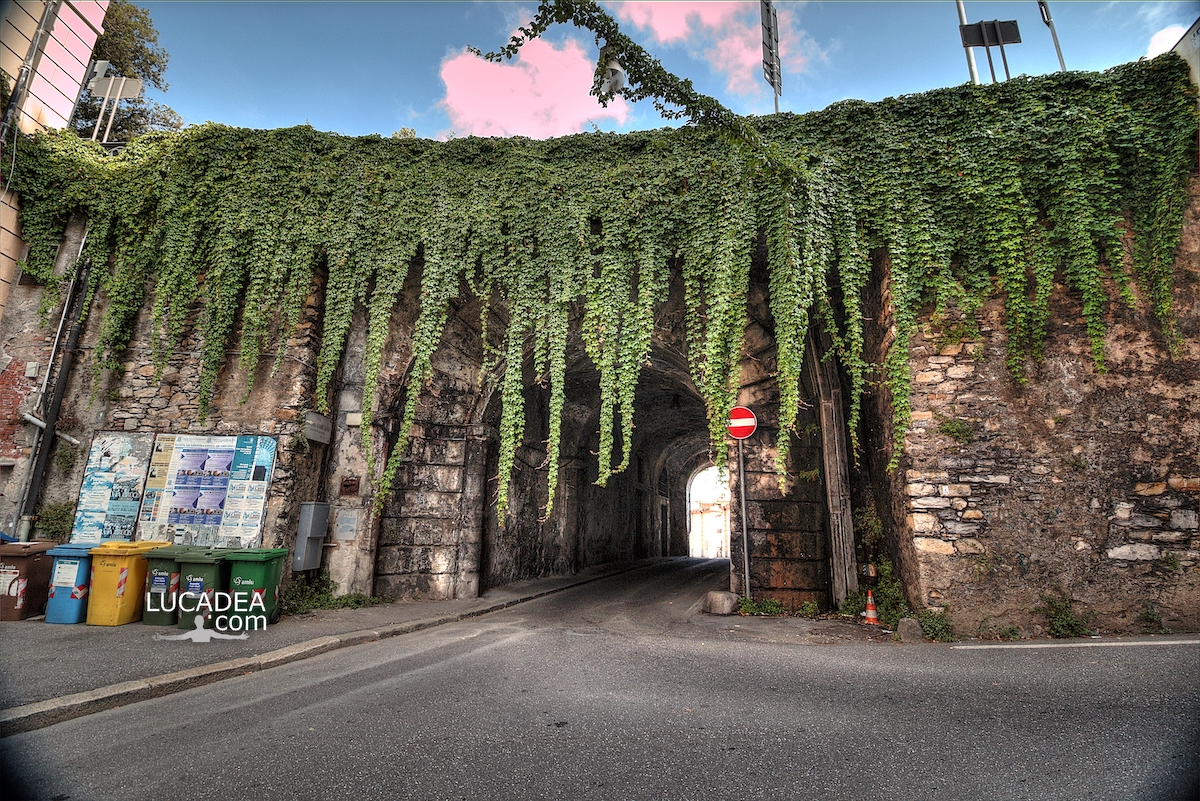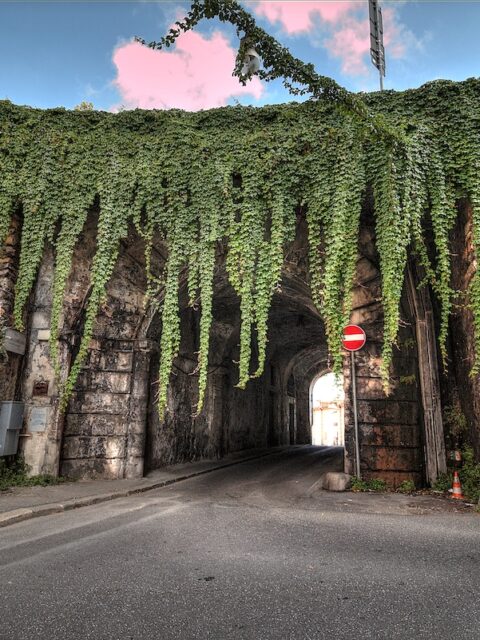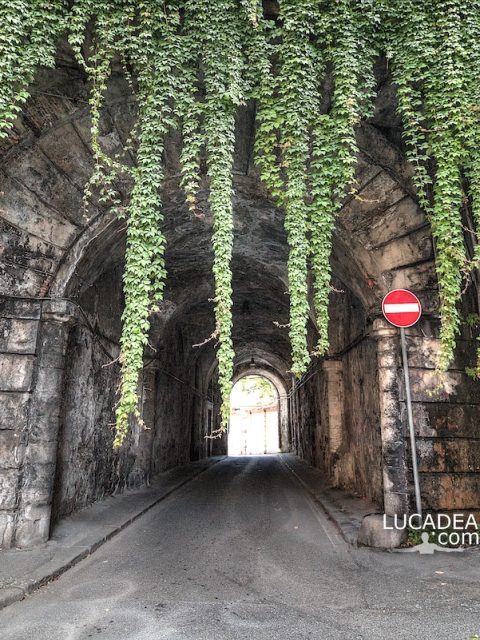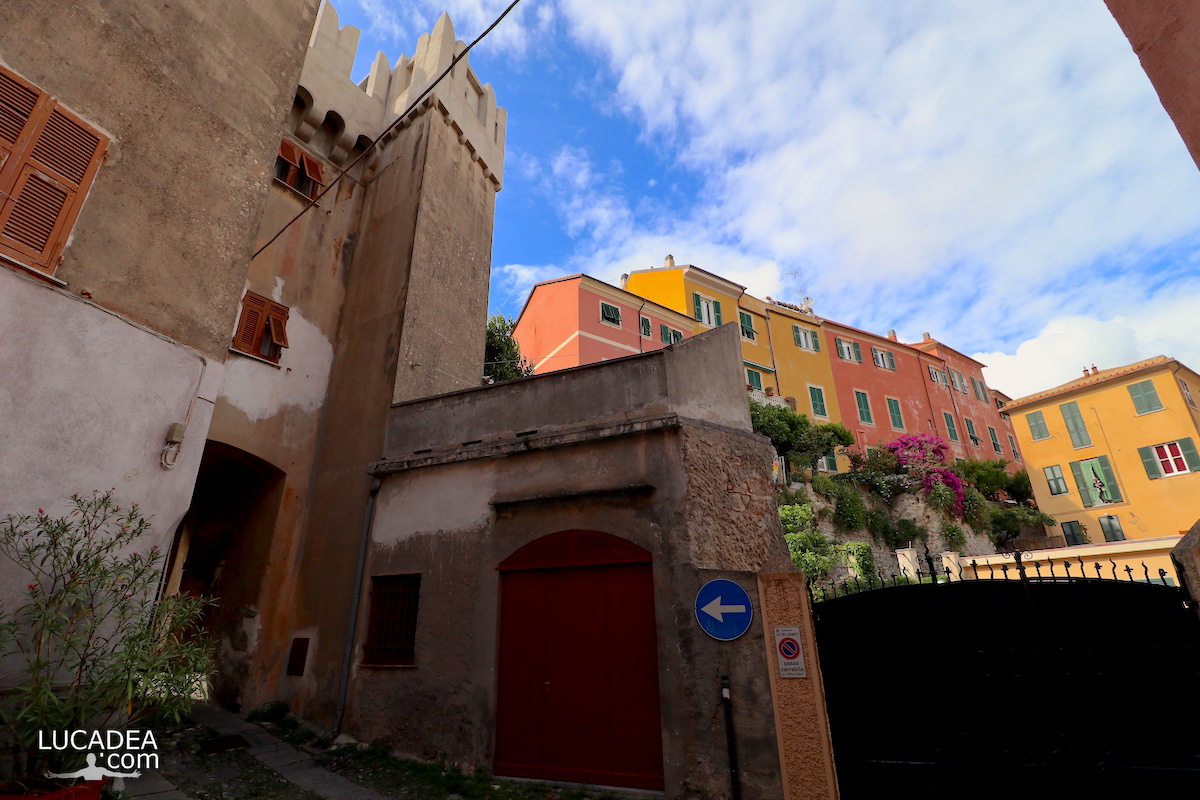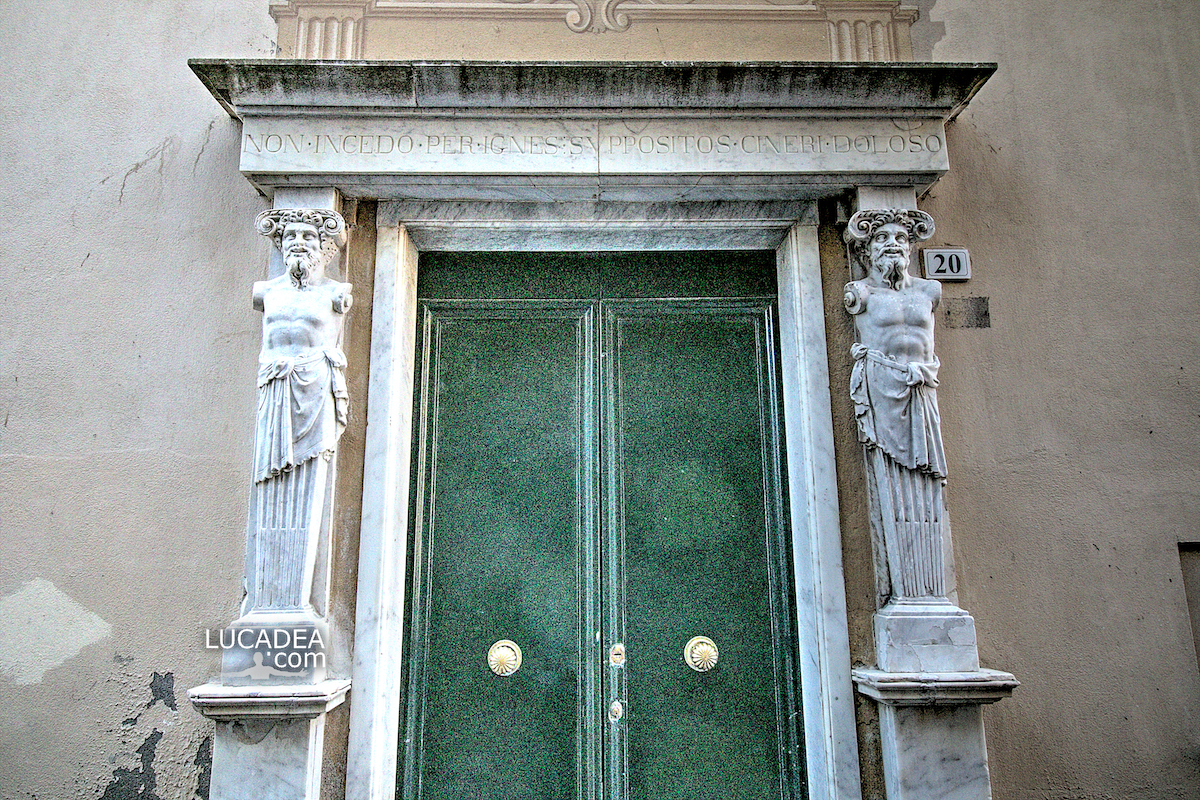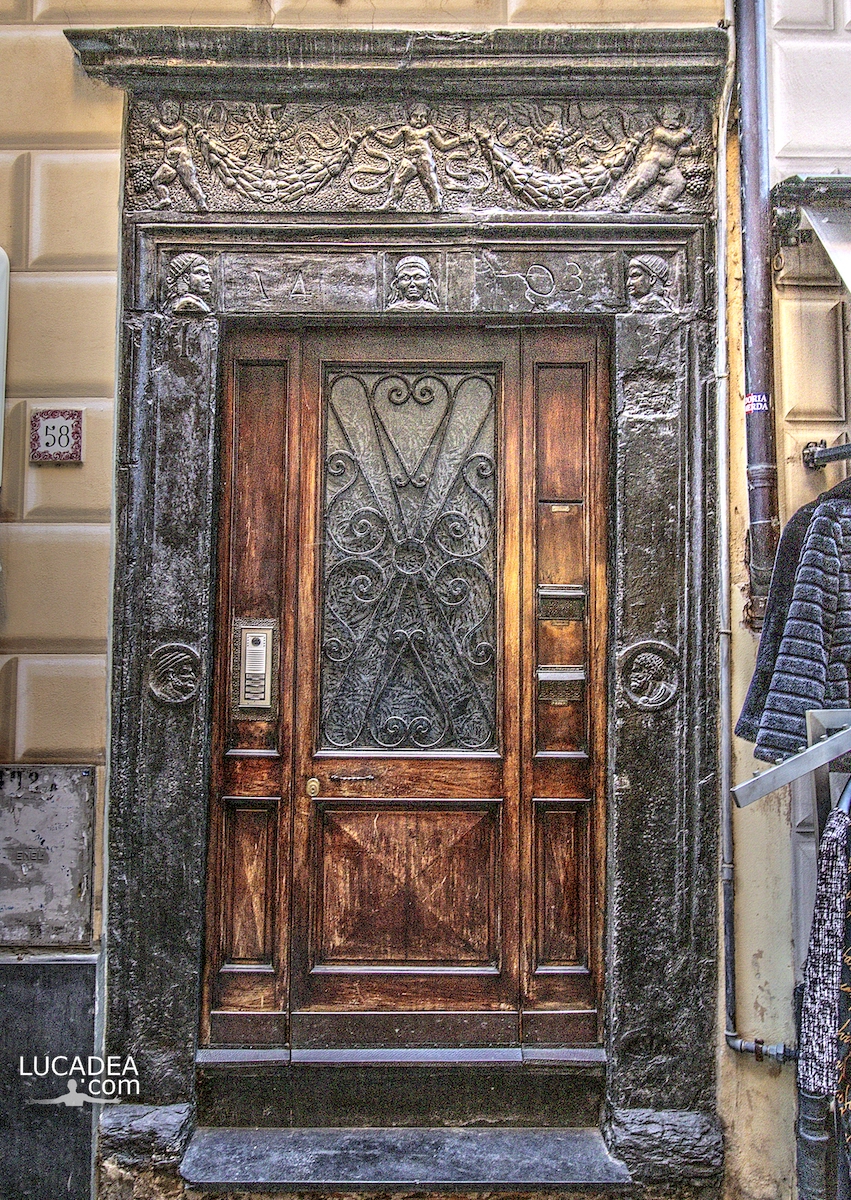Cannara gate in the village of Bevagna in Umbria.
Cannara gate is one of the historical jewels of Bevagna, a charming town in Umbria. Dating back to the medieval period, this gate represents one of the best preserved testimonies of the city's past. The structure, with its imposing tower, loopholes and coats of arms, evokes images of a distant but timeless era.
An interesting detail is the central niche, once decorated with a fresco, which adds an artistic touch to the fortified architecture. Inside the gate, you can admire a sundial painted in the 18th century, testimony to the skill and attention to detail of the craftsmen of the time.
Visiting Cannara Gate means immersing yourself in the history of Bevagna and appreciating the timeless beauty of an urban work of art. A symbol of identity and tradition that continues to enchant visitors.
On the gate there is a sundial, which is however very faded, and a plaque in memory of Giuseppe Garibaldi.
Do you know the beautiful Umbrian village of Bevagna?
Add your own comment or go to the bottom of the site to read what other visitors have written.
Photo taken with Canon EOS RP and lens Canon RF 24-50.
To see all the photos I took in the village, click here:

Where is the gate located:
The Cannara gate of the village of Bevagna in Umbria – La porte Cannara du village de Bevagna en Ombrie – La puerta de Cannara del pueblo de Bevagna en Umbría – O portão de Cannara da aldeia de Bevagna, na Úmbria – Das Cannara-Tor des Dorfes Bevagna in Umbrien – Cổng Cannara của làng Bevagna ở Umbria
The text of the post was written with the help of Copilot, a virtual assistant based on artificial intelligence.








